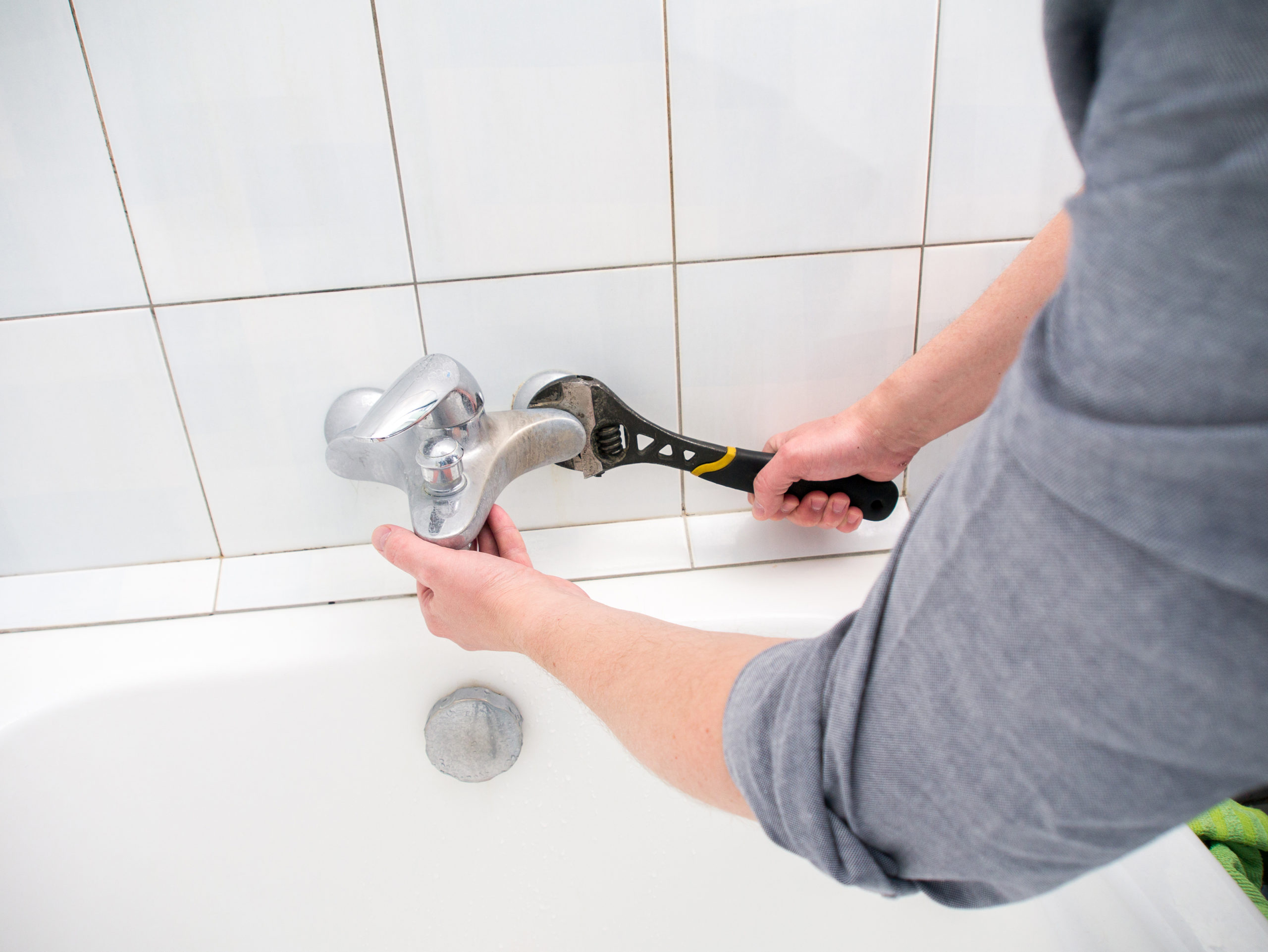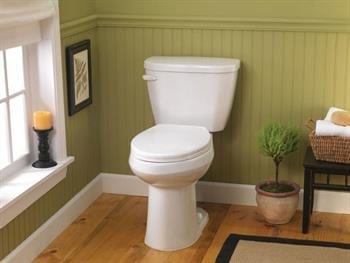Environmentally Friendly Piping Technologies: Constructing an Eco-Friendly Residential Space
Environmentally Friendly Piping Technologies: Constructing an Eco-Friendly Residential Space
Blog Article
We've found this article relating to Eco-Friendly Plumbing Practices for a Greener Home down the page on the internet and think it made perfect sense to share it with you on this site.

Intro
In today's globe, sustainable living is coming to be increasingly crucial. One location where house owners can make a substantial effect is via eco-friendly plumbing remedies. By taking on environmentally conscious methods, houses can decrease their water and power usage while adding to a much healthier earth.
Water-Efficient Components
Conventional components typically drainage needlessly. Nonetheless, modern-day low-flow bathrooms, taps, and showerheads are designed to minimize water usage without sacrificing performance. These fixtures can substantially minimize home water intake, bring about reduced water bills and a lowered environmental footprint.
Greywater Systems
Greywater refers to delicately utilized water from sources such as showers, sinks, and cleaning makers. Instead of allowing this water go to waste, greywater systems reuse it for non-potable uses such as landscape irrigation and toilet flushing. By applying a greywater system, home owners can save fresh water sources and decrease pressure on metropolitan wastewater therapy centers.
Rain Harvesting
Rain gathering entails collecting and storing rainwater for various functions, consisting of watering, toilet flushing, and washing. Rainwater gathering systems commonly contain a collection surface area (such as a roof covering), rain gutters, downspouts, and storage tanks. By harvesting rain, property owners can decrease their dependence on municipal water sources and save fresh water resources.
Solar Water Heaters
Traditional water heaters depend on nonrenewable fuel sources or electrical power to warmth water, adding to carbon emissions and energy intake. In contrast, solar hot water heater make use of sunlight to warm water, supplying an eco-friendly and eco-friendly alternative. By harnessing solar energy, property owners can lower their energy bills and minimize their carbon impact.
Eco-friendly Pipeline Products
Standard plumbing products such as copper and PVC can have unfavorable ecological effects during manufacturing and disposal. However, there are lasting options offered, such as recycled steel, cross-linked polyethylene (PEX), and high-density polyethylene (HDPE). These green pipe products provide toughness, long life, and reduced ecological influence.
Energy-Efficient Appliances
In addition to water-efficient fixtures, energy-efficient home appliances can additionally reduce a household's environmental impact. High-efficiency washing machines and dishwashers use less water and power per cycle, aiding to conserve resources and reduced utility expenses. When searching for home appliances, try to find power STAR ® licensed versions for maximum effectiveness.
Smart Water Management Systems
Breakthroughs in innovation have made it simpler than ever to monitor and maximize water usage in the home. Smart water management systems utilize sensors and data analytics to track water use in real-time, identify leaks, and provide insights for conservation. By carrying out clever water monitoring solutions, property owners can decrease waste and take full advantage of effectiveness.
Cost Factors to consider
While green pipes alternatives may have greater in advance expenses than typical choices, they commonly give long-lasting savings via lowered water and power bills. In addition, numerous federal governments offer incentives such as refunds and tax obligation credit scores for eco-friendly upgrades, helping to offset first costs.
Setup and Upkeep
Correct installment and normal upkeep are vital for guaranteeing the efficiency and durability of environmentally friendly plumbing systems. It is essential to work with qualified professionals to mount and service these systems to stay clear of concerns and optimize effectiveness. Regular upkeep tasks such as checking for leaks and cleaning filters can also assist prevent issues and enhance performance.
Environmental Benefits
The ecological advantages of green plumbing are significant. By saving water and energy, house owners can minimize their carbon impact and reduce their effect on natural deposits. Furthermore, eco-friendly pipes practices can help secure communities and preserve biodiversity for future generations.
Wellness Conveniences
In addition to ecological advantages, green pipes can also contribute to boosted interior air quality and health. By utilizing safe products and lessening chemical direct exposure, property owners can develop a healthier living atmosphere for themselves and their households.
Government Motivations
Lots of federal governments supply financial rewards to encourage property owners to adopt environmentally friendly plumbing techniques. These rewards may include discounts, tax obligation credit ratings, and low-interest financings for energy-efficient upgrades. By making use of these programs, homeowners can make eco-friendly enhancements much more affordable and accessible.
Conclusion
In conclusion, eco-friendly pipes choices provide various benefits for house owners and the environment alike. By purchasing water-efficient fixtures, greywater systems, rainwater harvesting, solar water heaters, environment-friendly pipe materials, energy-efficient home appliances, wise water monitoring systems, and various other sustainable services, families can decrease their environmental impact, reduced their energy expenses, and contribute to a much healthier world for future generations.
Eco-Friendly Plumbing: Transform Your Home with Sustainable Plumbing Options
Understanding Eco-Friendly Plumbing System
At its core, eco-friendly plumbing is all about minimizing water and energy consumption in your home. It’s a green plumbing revolution changing how we think about our water supply and energy use. It offers many options for homeowners, whether you’re upgrading your home or dealing with an older home. By making these changes, you can help the environment, save money on your water and electricity bills, and create a greener, more sustainable home. So, read on to learn how to use eco-friendly plumbing solutions today.
Low Flow Fixtures: A Key to Water Conservation
One of the cornerstones of eco friendly plumbing is the use of low-flow fixtures. These fixtures, which include faucets, showerheads, and toilets, are designed to use much less water than their traditional counterparts. For instance, low-flow showerheads use significantly less water per minute than a standard showerhead without compromising the quality of your shower.
Low-flow toilets are another excellent example of water-saving options. They use fewer gallons of water per flush, making them a more water-efficient choice. By reducing your water usage, these fixtures contribute to a greener home and substantial savings on your water bills.
Maintaining an Eco-Friendly Plumbing System
Another critical aspect of eco-friendly plumbing is addressing water leaks promptly. A small water leak can waste much water over time, leading to water damage and increased water bills.
Regularly checking your plumbing system and fixing leaks can help save gallons of water and reduce your water bills.
Tankless Water Heaters: Hot Water When You Need It
Tankless water heaters, a popular choice in eco-friendly plumbing, are a revolutionary way to heat water in your home. Unlike traditional water heaters that constantly heat a tank of water, tankless water heaters operate on an on-demand basis. This means they only use energy when you need hot water, making them a more energy-efficient option.
This innovative approach to heating water can significantly reduce the energy your home uses. Traditional water heaters constantly work to keep a water tank heated, which requires much energy. In contrast, tankless water heaters heat water when needed, reducing energy consumption and saving money on energy bills. This is a great way to make your home more eco-friendly and embrace an eco-friendly lifestyle.
Insulating Water Pipes: Maximizing Energy Efficiency
Insulating your water pipes is another effective method in eco-friendly plumbing. Proper insulation can prevent heat loss, ensuring your hot water remains hot as it travels from your water heater to your faucet or showerhead. This means your water heater won’t have to work as hard to heat the water, thus saving energy.
For instance, insulating your water pipes can further enhance energy efficiency if you’re using a tankless water heater, which heats water only when needed. This is because the insulation reduces the heat lost as the hot water travels through the pipes, meaning the heater uses less energy to bring the water to the desired temperature.
Dual Flush Toilets: A Water Saving Option
Dual flush toilets are another excellent eco-friendly plumbing option that can help you save water. These toilets offer two flush options: one for liquid waste and one for solid waste. The liquid waste option uses less water than solid waste, allowing you to choose the water flow for each flush based on your needs.
Using less water for liquid waste, dual flush toilets can save thousands of gallons per year compared to traditional bathrooms. This can lead to significant savings on your water bills and contribute to a more sustainable and eco-friendly home.
Touchless Faucets: Saving Water With a Wave of Hand
Touchless faucets are a modern, eco-friendly plumbing option that can help reduce unnecessary water use. These faucets use motion sensors to turn on and off, meaning they only use water when you need it.
This can be particularly useful in the kitchen, where your hands might be full or dirty. Instead of leaving the water running while you handle food or clean dishes, the faucet will only run when your hand comes near the sensor. This reduces water flow and helps you use less water than traditional faucets, contributing to a more eco-friendly lifestyle.
Eco-Friendly Pipes: Eco-Friendly Plumbing Options
When considering eco-friendly plumbing options, paying attention to the materials used in your plumbing system is essential. Some pipes, like those made from copper or stainless steel, are recyclable and more environmentally friendly than PVC pipes. Choosing eco-friendly materials for your pipes can reduce your home’s environmental impact and create a more sustainable plumbing system. By making these small changes, you can make a big difference in your home’s eco-friendliness.
Eco-Friendly Plumbing: Make Your Home Greener
Switching to eco-friendly plumbing options can have a significant positive impact on the environment and your wallet. Not only can these changes reduce your water and energy consumption, but they can also help prevent water waste and damage, contributing to a healthier planet.
Eco-friendly plumbing is more than just a trend; it’s a lifestyle change contributing to a more sustainable future. By making these changes in your home, you can help the planet while saving money on your water and energy bills.
https://intownplumbingtx.com/articles/eco-friendly-plumbing/

We were made aware of that write-up on Sustainability Remains Key Trend in Plumbing Practices through a good friend on our other domain. Enjoyed reading our posting? Please share it. Let other people discover it. We thank you for your readership.
Book A Free Estimate Report this page